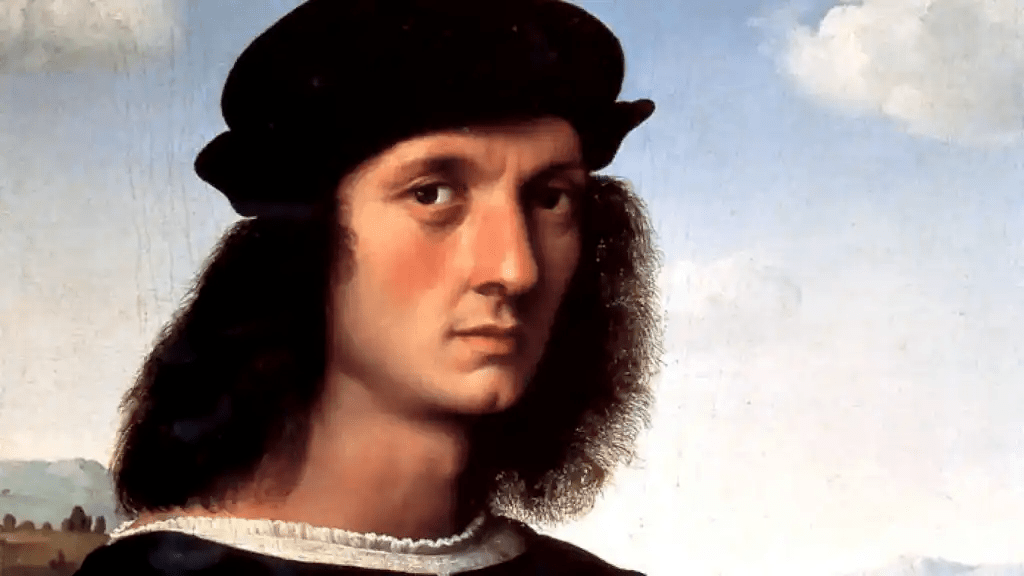
Raphael the painter of... sex?
Raphael, besides being a great painter, had the reputation of being a courteous, charming man with a great sense of humor. However, he also reaped the fame of being a seducer, a condition that, according to historical tradition, would eventually lead him to his grave.
"Rafael was a very amorous person and fond of women, continuously devoted to their services. His friends observed with respect his fondness for carnal pleasures, for being a very confident person," says Giorgio Vasari in his classic Lives of the best Italian architects, painters and sculptors, a book of the time where he attributes the cause of his death to the uncontrolled fieriness of the master.
Did Raphael die from an excess of sex?
Was the great genius of the Renaissance overwhelmed by hypersexuality? According to Vasari, it happened that, "overindulging in his amorous pleasures, it so happened that one of the times he committed more excesses than usual and returned home with a high fever...". Ashamed, Raphael did not dare to confess to the doctors the true cause of his sudden weakness. They concluded that his lack of vitality was due to an illness that required bloodletting and, in a fatal mistake, he ended up in the grave.
Who was the woman with whom Raphael spent his last happy night? His passion would center on Margherita Luti, the Fornarina, daughter of a Sienese baker, famous for her sensual portraits. One of Raphael's last paintings often bears her title and shows naked breasts covered by a translucent veil with a seductive smile; it hangs in the Palazzo Barberini.
Scholars have speculated about its identity for centuries, without obtaining a definitive answer. The work does not appear in the inventory made shortly after his death, although it is likely that this was because he kept it as a private object. There are several signatures that can be seen throughout the painting; one of them reads "Rafael Urbinas", which means that he himself became the owner of the work. This evidence suggests that it was someone close to him, possibly a relative or lover.

Raphael did not die from an excess of sex.
However, a recent scientific study unveils the true cause of Raphael's death: the painter did not die from an excess of sex. The group of experts has shown that the Renaissance genius did not die of syphilis, but contracted pneumonia while receiving these bloodletting treatments.
A study by the University of Milan-Bicocca has determined that Raphael most likely died of pneumonia and a "mistake" during his syphilis treatment, rather than contracting the disease from his debauched lifestyle.
After his death on April 6, 1520, Raphael was buried with full honors in the Roman Pantheon, resting next to a stele dedicated to him by his friend Pietro Bembo: "Here lies Raphael, who while he lived made nature fear to be overcome by him and who, when he died, feared to die with him."
If you would like to know more about Raphael and his work, technical characteristics, information about Renaissance artists and, above all, information about the greatest works of art that are housed in the Prado Museum, we recommend "The Prado Art Guide" already available on Amazon by clicking here.
